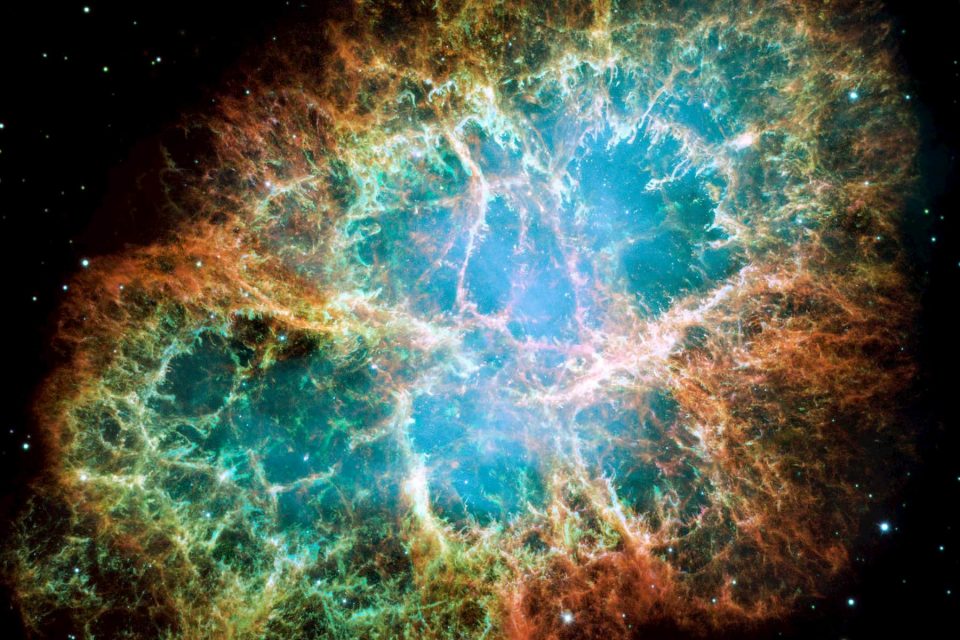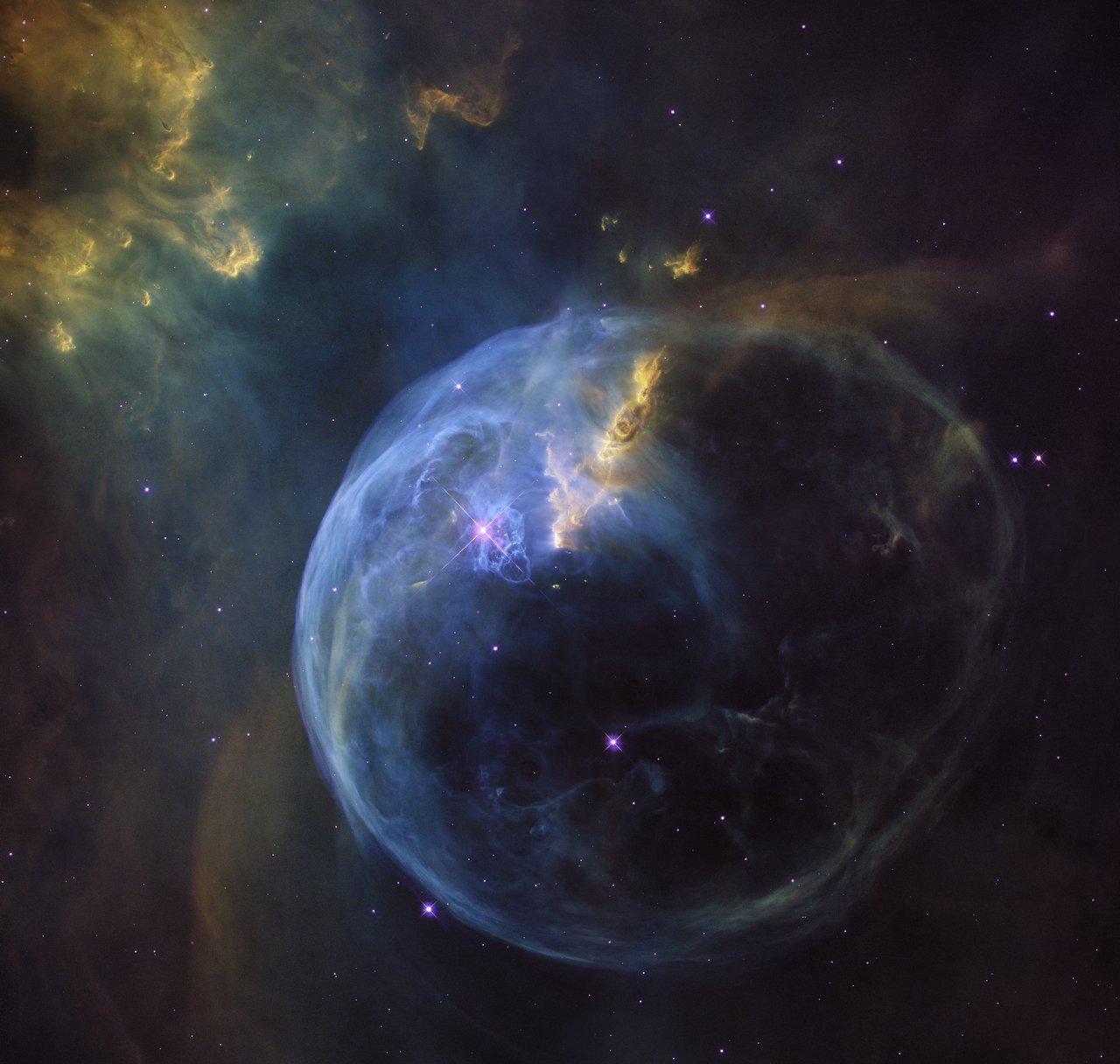
Coolest Star Pictures by NASA
The vast expanse of space is filled with unimaginably surreal and humbling sights. Light-year wide towers of glowing gas, exploding stars, and entire galaxies colliding are just a few examples of the incredible images of the cosmos. Since the inception of the National Aeronautics and Space Administration (NASA) in 1958, they have collected thousands of photos of celestial bodies. These star pictures are awe-inspiring testaments to the technological progress of space exploration over the last 60 years. From the first photos of Buzz Aldrin walking on the moon to the Hubble Telescope’s photos of the edges of the galaxy, NASA’s images reveal the incredible beauty of the universe and our planet.
NASA’s work is extremely important. They allow us to track global warming, develop protection from asteroids, and observe and learn from natural disasters. The images taken by NASA provide insight into the structure and functions of our galaxy.
Here we have collected a few of our favorite star pictures from NASA. Selected from the large array of beautiful photos from space available from NASA, these images highlight the incredible complexity and scale of our universe. Though this short collection of pictures barely scratches the surface, it includes some beautiful and cool images of space.
Take a look at earth.com’s images of the day for more incredible photos of our planet and universe. NASA’s Astronomy Picture of the Day also provides impressive photos of space.
Hubble Ultra Deep Field

The Hubble Ultra Deep Field image is an iconic photo. It is focused on one of the darkest regions of the night sky. Though from the earth this would appear to be an empty void of space, it is in fact filled with galaxies. In 2004 the Hubble Telescope took this image to provide the deepest view of space ever seen. It shows galaxies that came into existence soon after the big bang. These galaxies are so distant that their light has been traveling for billions of years.
This photo gives an amazing view of just how vast our universe is, and how little we know.
The Crab Nebula

The crab nebula (or messier 1) was first seen by Chinese astronomers in 1054. These astronomers saw a temporary star that was visible in the daytime sky for a month. This was the explosion of a supernova that has left a 6 light-year-wide nebula in its place. It is 6,500 light-years away from the earth. As a result, it can be seen from earth with only a small telescope.
The Hubble Telescope took this image over a period of three months. It is actually a composite of 24 separate images. Researchers stitched together these images to create one of the largest photos ever taken by the Hubble Telescope.
Westerlund 2

NASA released this image of the Westerlund 2 cluster on the 25th anniversary of the Hubble Space Telescope’s launch. It combines multiple star pictures taken in the visual spectrum with near-infrared images.
This picture shows a cluster that is 2000 light-years away in the constellation Carina.
The Bubble Nebula (NGC 7635)

The Bubble Nebula has a unique appearance that gave it its name. It is a uniquely cool and stunning stellar object. At the center of this strange nebula is an enormous star. This “O-type” star is 45 times more massive than the sun. The fierce solar winds of this giant are responsible for the bubble of gas seen here.
It is 7 light-years across, 8,000 light-years away and located in the constellation Cassiopeia.
Sombrero Galaxy (Messier 104)

The Sombrero Galaxy is an extremely photogenic galaxy. This spiral galaxy is tilted just 6 degrees as seen from earth. This subtle tilt gives it the appearance of a wide-brimmed hat like a sombrero.
This galaxy is 30 million light-years away, located in the constellation Virgo. It stretches across an astounding 50,000 light-years. It contains a mass equivalent to 800 billion suns.
The Butterfly of a Dying Star (NGC 6302)

This image shows the death of a star. Though it may appear to be a beautiful, cloudy butterfly, it is, in fact, a violent explosion. The wings of this butterfly are 20,000-degree celsius gas shooting out of the dying star at 950,000 kilometers per hour. As the star explodes, it releases ultraviolet radiation that causes it to glow.
This star is 3,800 light-years away in the constellation Scorpius. It has been expelling gas for 2,200 years. The cloud of gas stretches for nearly 2 light-years.
Field of Stars (Messier 107)

This image shows a collection of stars that have shone for billions of years. There are hundreds of thousands of stars in this image. These stars cluster in globe shapes on the outskirts of the Milky Way galaxy. There are over 150 of these clusters, though their origins are not well understood.
This cluster is 20,000 light-years away in the constellation Ophiuchus. It was first seen in 1782 by William Herschel.
These star pictures are just a small selection of the amazing images of our universe taken by NASA. These images provide perspective to the significance of our world. Seeing the vastness of the universe surrounding us highlights our need to protect the only safe-haven we know of, the planet Earth.












